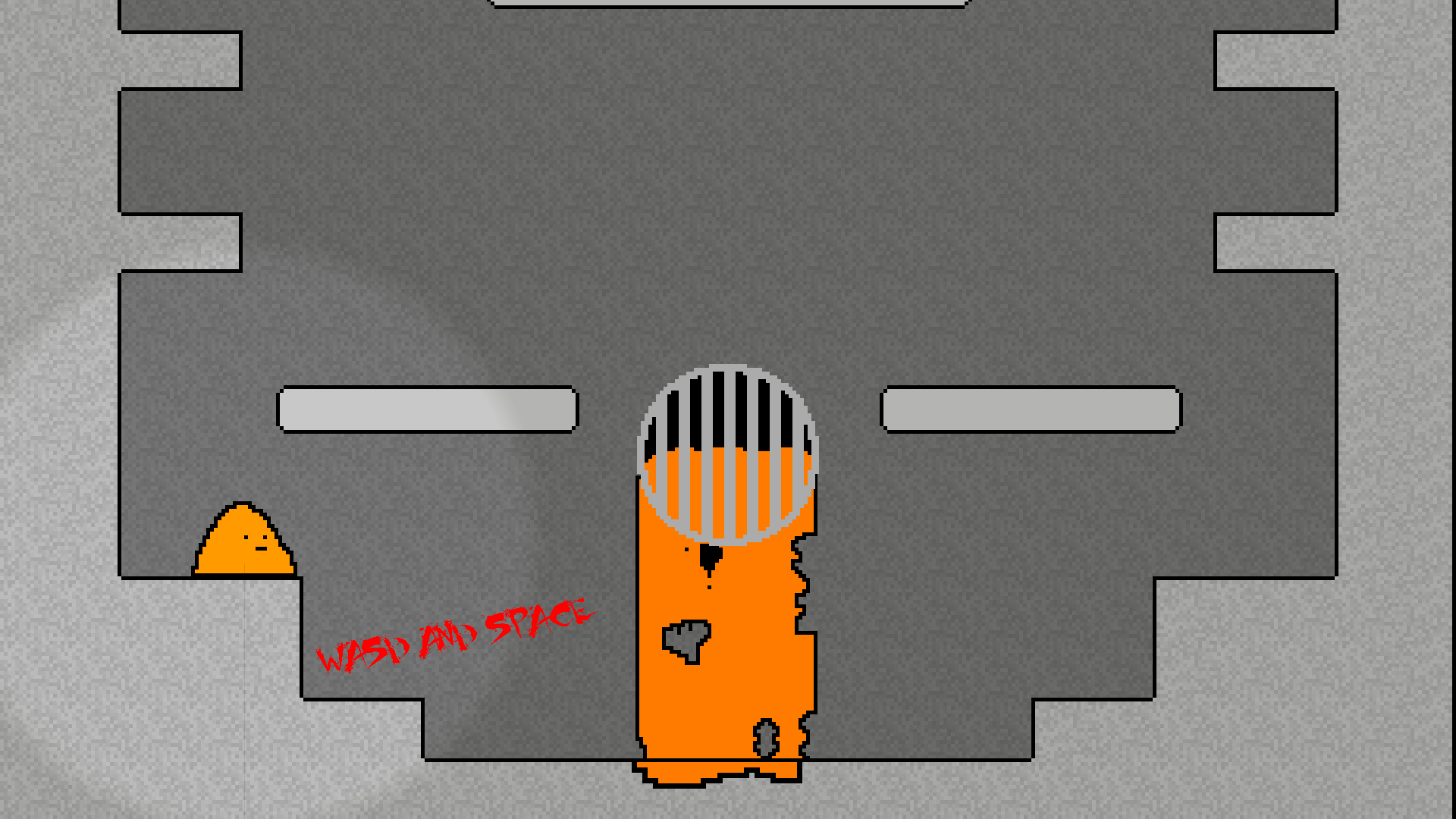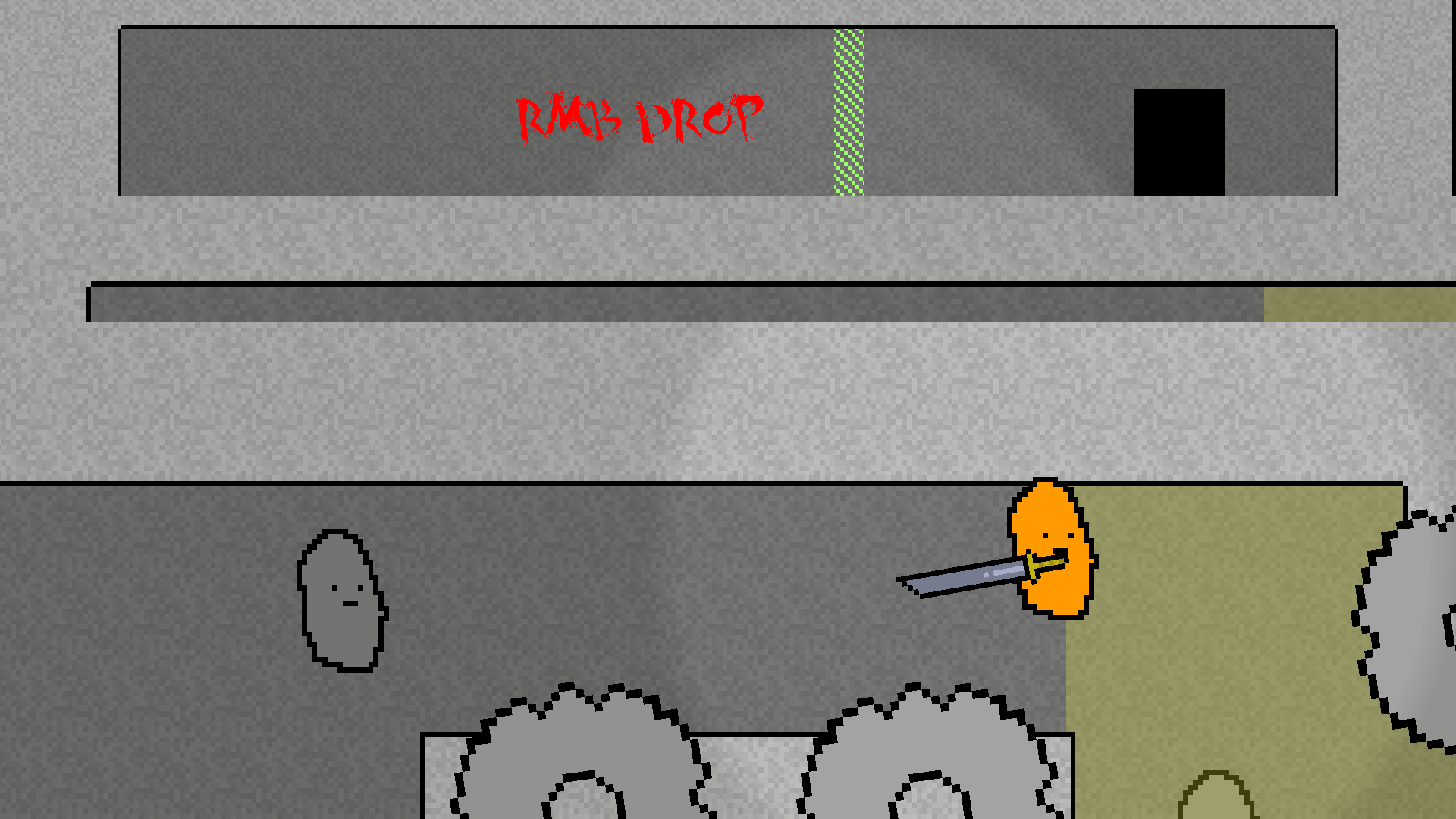The OS X UI is not resolution-independent, the only thing you can do is to change the resolution. Which is essentially what OS X does on HiDPI screens when switching to Larger Text or More Space, but since they are retina displays, you can't see that the resolution in some cases is not native, which you definitively can on non-retina displays. Mac Os X Lion with CSS3 Experiment - I wanted to create with only use of CSS3 the boot, the login page and finally the desktop of the Mac OS X Lion. Mac OS 8 is an operating system that was released by Apple Computer, Inc. On July 26, 1997. It includes the largest overhaul of the classic Mac OS experience since the release of System 7, approximately six years before. It emphasizes color more than prior versions. Released over a series of updates, Mac OS 8 represents an incremental integration of many of the technologies which had been developed from 1988 to 1996 for Apple's overly ambitious OS named Copland. Mac OS 8 helped modernize the Mac.
- Slimeterpeace Mac Os 11
- Mac Os Versions
- Mac Os Catalina
- Slimeterpeace Mac Os X
- Slimeterpeace Mac Os Catalina
In this post we want to show you how to create Mac OS X memory image with Rekall’s OSXPMem tool. This tool was written by Johannes Stuettgen and, according to official documentation, consists of 2 components:
1. The usermode acquisition tool ‘osxpmem’, which parses the accessible sections of physical memory and writes them to disk in a specific format.
2. A generic kernel extension ‘pmem.kext’, that provides read only access to physical memory. After loading it into the kernel it provides a device file (‘/dev/pmem/’), from which physical memory can be read.

Slimeterpeace Mac Os 11
Ok, the first step of our memory acquisition process will be downloading of the tool. You can use this link to do it.
The second step is unpacking the archive. Make sure you are using a root shell (‘sudo su’):
Before starting imaging process, we should load a driver written by Adam Sindelar called MacPmem.kext. Let’s do it:

Mac Os Versions
Now we are ready for the final step – memory imaging. Before you start, make sure you have chosen the format you prefer, at the moment the tool supports Mach-O, ELF and zero-padded RAW. In this example we chose RAW:
Mac Os Catalina
Slimeterpeace Mac Os X
For testing purposes we have saved our image to the Desktop. DO NOT do it in real cases! Use external media instead! And not only for storing of the image, but for running OSXPMem too!
Happy forensicating!
Authors:
Slimeterpeace Mac Os Catalina
Igor Mikhaylov & Oleg Skulkin